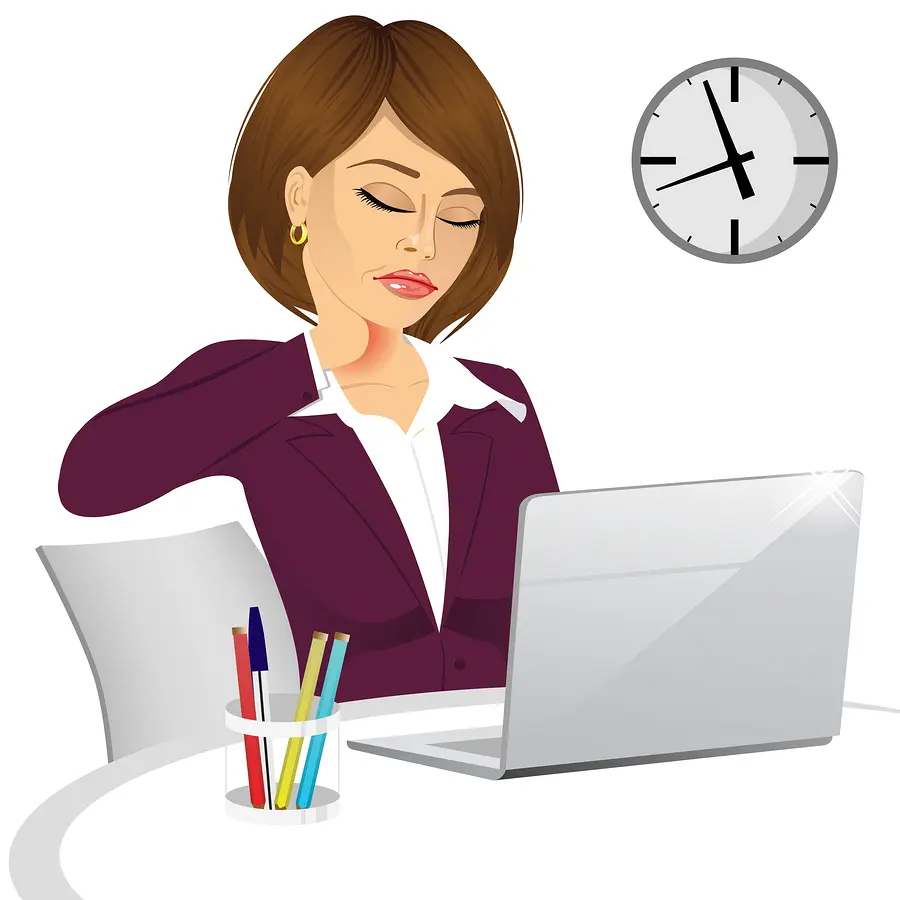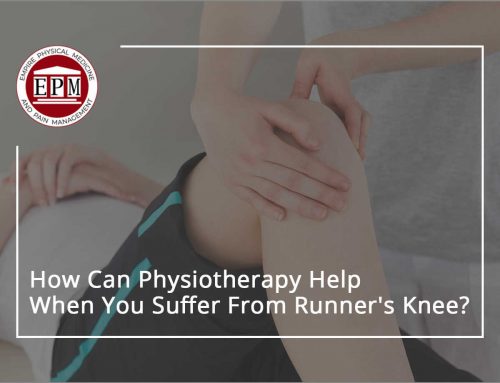
Physical Therapy – Physical therapy helps to stretch and strengthen the muscles in the upper back to alleviate pains. A physical therapist can also help you rehabilitate the area through electric stimulation, range of motion exercises and medical massage to reduce the tension and promote function and flexibility. They will also educate you on prevention exercises to help keep the pain at bay and re-educate your muscles to be in their proper form. Physical therapists will also show you how to practice good ergonomics at your desk.
Get a Standing Desk – Slouching can really attribute to your back pain as it increases muscle tension, especially in the trapezius muscle. Many are unconscious of it but when you lean forward towards your computer screen, you shrug your shoulders up towards your ears. Having your shoulders in that manner for extended periods of time can create this muscle tension. When you suddenly become aware of how you’re sitting, it is easy to correct your posture. Investing in a standing desk, however, means you do not have to be conscious of how you’re sitting all day. Standing automatically helps alleviate the pressures off the spine and even if you stand at your desk for a few hours a day, you will see improvement and less aches.
Practice Good Ergonomics – If you are unable to get a standing desk, ensure that you have good posture at your desk. Adjust your computer screen so that it is eye level and make sure that your feet and knees form a 90-degree angle. Sit with your chest out, shoulders back and ensure your ears, shoulders and hips are all aligned with each other. Unbalanced postures, like leaning to one side or sitting with your legs crossed, can cause aches and discomfort. Also, remember to take several walking breaks throughout the day.
Do Yoga – Yoga can help alleviate the pressure off your spine. Incorporate morning stretches to your routine to combat stiff neck and shoulders. Be cautious to not do too strenuous of poses as that can cause more harm than good if they are not done properly – you would not want to overexert yourself. There are several stretches that can be easily incorporated into your day. One such example is to reach your right arm across your chest towards your left shoulder and use your left hand to hold it in place on your biceps. Repeat on the other side.
Get a Massage – A massage can help get rid of the knots, improve circulation to the area, reduce stress and relieve tension and aches. Your massage therapist can work with you to focus on the areas that are causing you pain. If you’re complaining of upper back pain, it is probably associated with your rhomboids which are located between your shoulder blades. You may also feel muscle tightness, in which case the massage therapist can focus on your trapezius muscle. Even if you don’t bring up any issues or concerns, your massage therapist will be able to detect tight muscles and know which areas need to be focused on as they work on your muscles. If you don’t have time to get a massage from a massage therapist, invest in a battery-operated one that you can use at home.
Use Heat Therapy – Applying heat to a certain area will soothe aches and relax muscles as it enables for greater blood flow and pain alleviation. Apply a heating pad on the affected muscles in 15-20 minute intervals. Amplify the results by performing light stretching afterwards. Taking a hot bath with Epsom salts also helps soothe the sore muscles.
Stretch Daily- There are a number of light stretches you can do at the convenience of your work desk. One such example is to tilt your ear towards your right shoulder to relieve aches on the opposite site. Repeat and tilt your ear towards your left shoulder to alleviate the aches on your left side. Bring your chin forward and rest it on your chest for 30 seconds. Do this stretch a few times throughout the day, every day.





